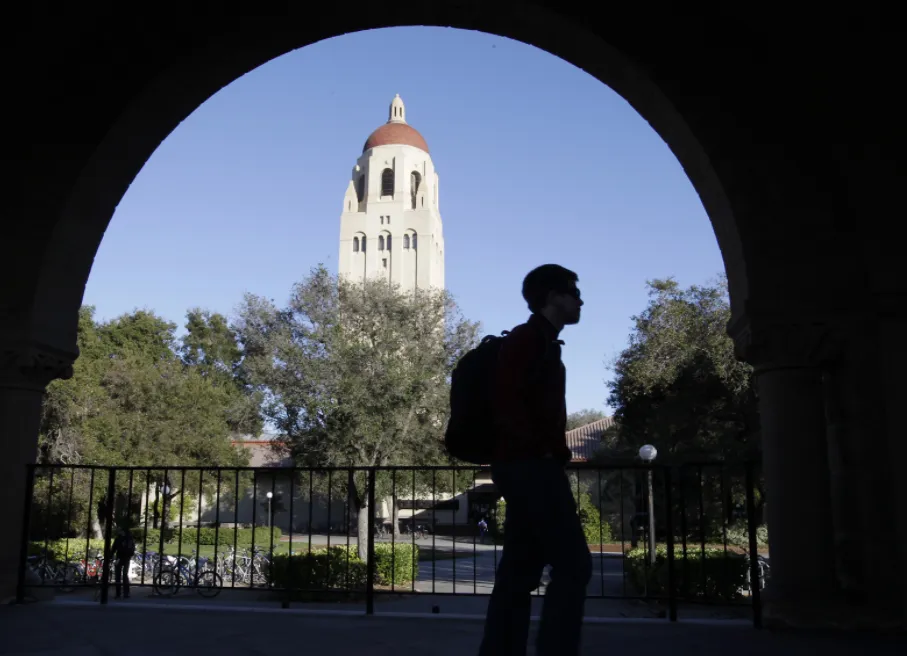Table of Contents
Stanford recently announced that the SAT will not be required for applicants for the Class of 2026. The University has framed this policy, which was already in place for the Class of 2025, as temporary due to “limited access to admission testing worldwide” during the pandemic. But progressives are urging Stanford to make these changes permanent.
Despite what the “educational equity advocates” would like you to believe, the SAT is the single best tool to enroll a socioeconomically and racially diverse class at American universities, including Stanford. There are a few reasons why the SAT plays such an important role in college admissions:
- SAT prep is commoditized and orders of magnitude cheaper than the cost of inflating your resume with expensive extracurricular activities. In other words, Khan Academy test prep is free, but New York Times-sponsored trips to Peru cost $5,000!
- Students from poorly-performing public schools need the SAT to prove that their grades are meaningful. Unlike students at schools like Exeter, which have well-known academic programs and strong relationships with elite schools, these students will not get the benefit of the doubt without quantitative scores.
- The SAT is a single-sitting high-variance test (for example, one missed question in Math can drop your score by 30 points). Just like high-variance strategies in sports benefit the underdog, the variance of the SAT benefits students with fewer resources who might score lower on practice tests but overperform on test day, and reduces the advantages of expensive preparation.
These factors explain why a University of California internal study found that the SAT increased diversity in the UC system, and particularly helped Black, Latino, and low-income students in the admissions process. Naturally, the UC System tossed out its own study and plans to “phase out” the SAT anyway.
Progressives’ issues with the SAT seem to be the following:
- Asian students do well on the SAT. This forces college admissions officers to admit more Asian students, who are not one of their preferred groups, than they would in a world without standardized tests.
- The SAT reveals that richer students are more prepared to attend college.
Both these “issues,” however, actually demonstrate why the SAT is a useful test.
On 2), the SAT demonstrates the obvious: America’s public schools fail poor students. We know that income is correlated with college readiness, so if the SAT showed no correlation, it would be a bad test. We should improve public schools so poor kids achieve better outcomes, not eradicate tests with uncomfortable results.
On 1), Asians’ overall success on the SAT (they perform well above-average across all income levels) reveals that low and middle-income students can succeed on the SAT by studying, another point in its favor.
College admissions will change in three ways without the SAT, all for the worse:
- Colleges will admit students based on non-test factors, including grades, school strength, recommendations, activities, and diversity. With the possible exception of diversity, these factors benefit rich students and hurt poor and middle-class ones.
- Since non-test admissions factors are less correlated with intelligence than is the SAT, it will be harder to differentiate the exceptional students from the thousands of students who can scheme high GPAs and impressive-looking activities. The resulting admissions process will be much worse at selecting for top talent.
- Removing standardized testing from the admissions process will make an already opaque and arbitrary process even less transparent and allow university bureaucrats to make life-defining decisions based on purely subjective criteria.
It is worth remembering that standardized tests have always been the best way for underrepresented students to win admission to top universities. The introduction of the College Board Entrance Exam in 1901 resulted in a huge uptick in Jewish, Catholic, and public school students gaining admission to Harvard. The University was so afraid of standardized tests preventing them from selecting their desired class that they quickly added qualitative features to the admissions process, like letters of recommendation, extracurriculars, and essays, to reduce the number of “undesirables” at the school.
Unlike most factors in the college admissions process, standardized tests give all students an equal shot to demonstrate their mettle to admissions officers. If our administrators agree that Stanford’s mission is to educate the most talented students from all backgrounds, they should commit to using the SAT after the pandemic ends. By doing so, Stanford can set a national example of how to promote excellence and fairness in higher education.









